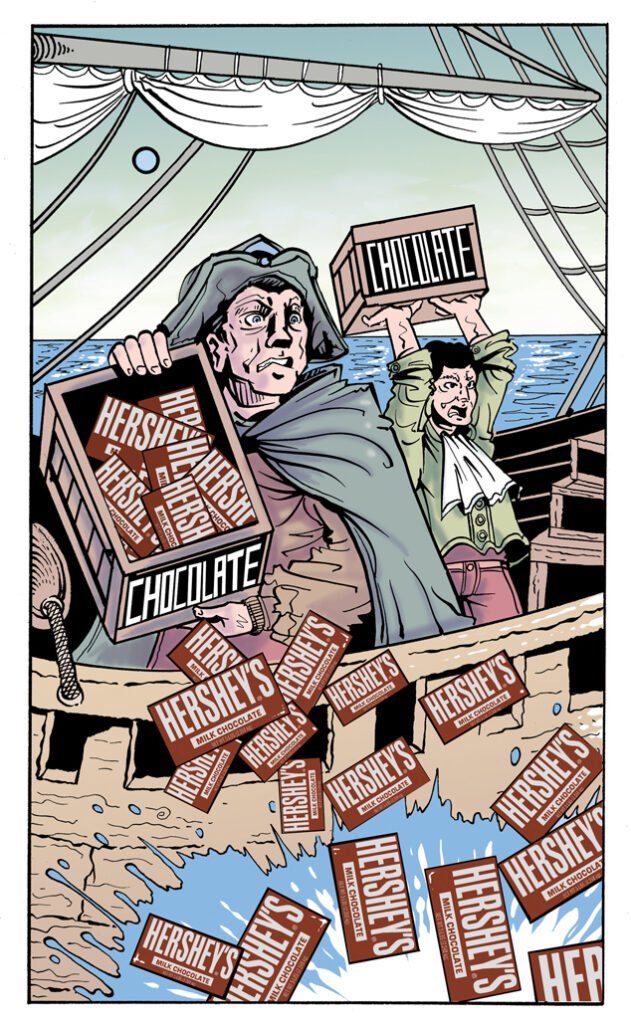Illustrations in newspapers have long been an integral part of journalism, complementing text to deliver stories that captivate and inform. In the digital age, their significance has only grown, as visual storytelling continues to evolve to meet the needs of modern readers. Newspaper illustrations, from editorial cartoons to detailed infographics, enrich the narrative experience, making complex topics easier to understand and more engaging.
Creating Immediate Engagement
Illustrations draw readers’ attention more effectively than text alone. A striking cartoon or a vivid graphic can immediately capture the reader’s eye, inviting them to delve into the accompanying story. In today’s fast-paced world, where readers often skim content, illustrations serve as an anchor, ensuring key messages are noticed and remembered.
For instance, editorial cartoons often provide a humorous or thought-provoking perspective on current events, prompting readers to explore the related article. Similarly, illustrations paired with feature stories or opinion pieces set the tone and provide context, enhancing the overall storytelling experience.
Simplifying Complex Information
Newspapers tackle a wide range of topics, some of which involve intricate data or abstract ideas. Illustrations play a crucial role in simplifying these complexities. Infographics, for example, distill statistics and processes into visually appealing charts and diagrams, making them more accessible to a broad audience.
Take environmental reporting as an example. A story on climate change impacts may include an infographic showing rising global temperatures or the effects of deforestation. These visuals not only clarify the information but also reinforce its significance, ensuring readers grasp the urgency of the issue.
Adding Emotional Resonance
Illustrations enhance storytelling by evoking emotion. They can amplify the mood of a story, whether it’s humor, sadness, or urgency. A powerful illustration accompanying a human-interest story might evoke empathy, while a caricature of a political figure in an editorial cartoon could spark laughter or critical thought.
This emotional connection ensures that the message resonates with readers, making the story memorable. By appealing to both the intellect and the heart, illustrations create a multifaceted narrative experience.
Bridging Language and Cultural Gaps
Visuals are universal in their appeal and understanding. For newspapers with diverse readerships, illustrations help bridge language and cultural barriers. A compelling illustration can communicate ideas that words may struggle to convey, ensuring inclusivity.
For example, a global news story about international conflict might use maps or symbolic illustrations to provide clarity to readers unfamiliar with the region or its politics. This accessibility enhances storytelling, ensuring all readers can connect with the content.

Complementing Digital Storytelling
In the digital age, newspapers are no longer confined to print. Illustrations have adapted to online platforms, where interactive and animated visuals provide an immersive storytelling experience. Readers can explore dynamic infographics, click through detailed maps, or watch animated sequences that explain a process or event.
These enhancements not only improve engagement but also allow newspapers to present evolving stories in real-time, keeping readers informed with up-to-date information. The adaptability of illustrations to digital formats ensures their continued relevance in modern storytelling.
Strengthening Brand Identity
Illustrations also play a strategic role in reinforcing a newspaper’s identity. Consistent visual styles or collaborations with renowned illustrators can set a publication apart, making it instantly recognizable to readers. This unique visual voice enhances loyalty and helps newspapers stand out in a competitive media landscape.
Conclusion
Illustrations are much more than decorative elements; they are essential tools for storytelling in newspapers. They engage readers, simplify complex topics, evoke emotions, and adapt seamlessly to digital platforms. In a world inundated with information, illustrations ensure that stories are not only read but also remembered, reinforcing their vital role in modern journalism.











